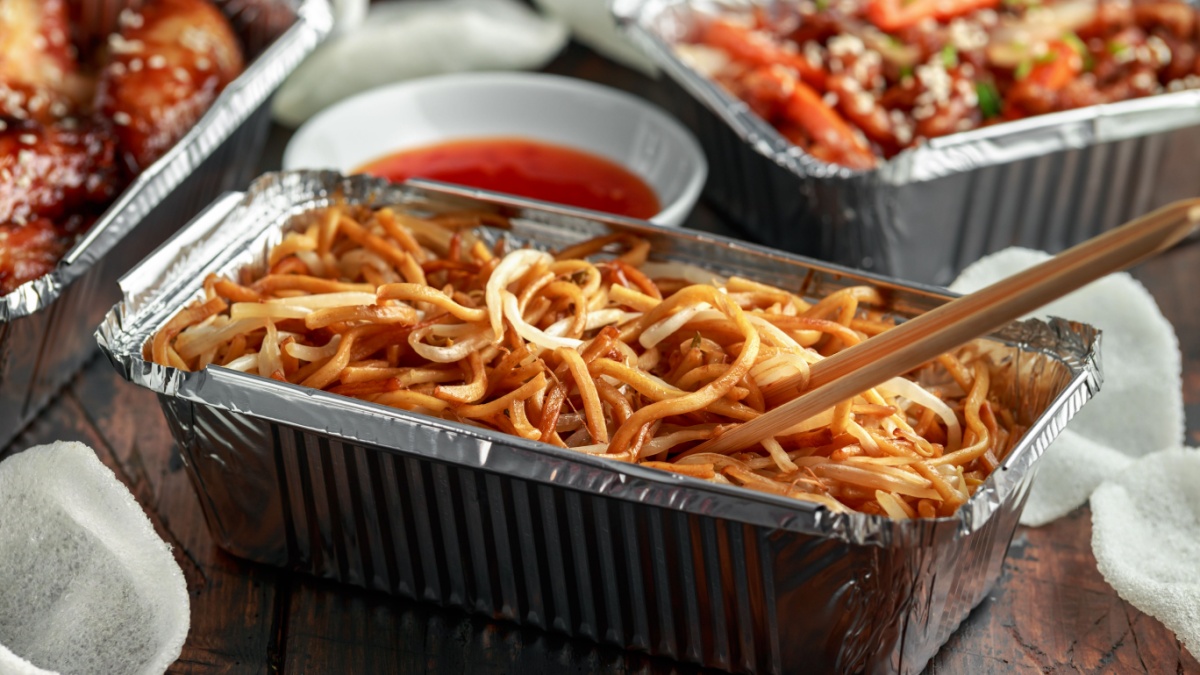An Investigation Into the Usage of Monosodium Glutamate in the Ethnic Food Catering Industry
.jpg?w=1200&h=675&ext=.jpg&width=670&resizemode=force)
- Project start date: 1 December 2010
- Project status: Completed
- Project type: Food safety
- Discipline: Food reviews
- Author/s: Dr Fred Davison, Cork Public Analyst Laboratory
- Collaborator/s: Environmental Health Service, Health Services Executive, Belfast City Council
Research objective
Monosodium glutamate (MSG) is a flavour enhancer commonly added to Chinese food, canned vegetables, soups and processed meats. MSG has been used as a food additive for decades. In the EU, MSG like other permitted food additives, must appear on the label if used as a deliberate ingredient and has been ascribed the E number 621.
Although it is permitted as a food ingredient in the EU and elsewhere, the use of MSG remains controversial. Anecdotal reports of adverse reactions to MSG have been reported. Symptoms include headache, flushing, sweating, facial pressure or tightness, numbness, tingling or burning in face, neck and other areas, heart palpitations, chest pain, nausea and weakness. Adverse reactions are simply known as "MSG symptom complex"; there is no definitive evidence of a causal link between MSG consumption and these symptoms. [Add: Nevertheless, a consumer has the right to ask about the MSG content in a food and make an informed choice as to whether they want a meal with, or without, added MSG.] The consumption of MSG is essentially a consumer choice issue.
This survey investigated MSG usage in Chinese, Indian and Thai restaurants and take-away outlets in Cork and Belfast.
Outputs
Research report
- Title: MSG usage in the ethnic food catering industry
- Date: 5 October 2012
- Summary: Safefood carried out a survey of MSG use in Chinese, Indian and Thai restaurants and take-away outlets in Cork and Belfast. Both standard dishes of food typically expected to contain added MSG and MSG-free options were purchased and analysed for total free glutamate.
- Findings:
- MSG use varied considerably from one premises to another.
- The number of premises that used excessive amounts of MSG was very low.
- Even where MSG is not used, the results showed that you can still get free glutamate from other ingredients.
- Chinese dishes, especially those that were sauce based, contained the highest concentrations of free glutamate while Indian and Thai dishes had much lower concentrations.
- MSG-free options always had much lower free glutamate levels indicating that a request for an MSG-free meal can be accommodated.
- Recommendations:
Since free glutamate was detected in all cuisine tested, it is in the interests of the staff to advise their customers that
(a) they don’t add MSG to their dishes or, where it is added, this step can be omitted, and
(b) their dishes may contain free glutamate from other ingredients.
You can download the report below.
Similar research
- Nutrition Take Out series – wrap style sandwiches and Indian takeaway foods (2013)
- Nutrition Take Out series – pizza, burgers and Chinese takeaways (2010)
- Salt levels in ready-to-eat soup purchased in catering establishments (2010)
- Survey of artificial colours in selected ethnic foods in takeaways (2012)




